Not the latest and greatest
The Fuji X-T20 is far from the latest and greatest from Fuji – the X-T30 was released in 2019, two years after the release of the X-T20. So firmware updates apart, the X-T20 is approaching it’s 5 year birthday, and in the world of technology that is simply forever! And with the X-T40 rumored for 2022, the X-T20 falls even further behind relative to the latest and greatest, not to mention the big brothers, the X-T3 and the X-T4. And that is probably also why Fuji has stopped the production of the X-T20.
So why bother with the X-T20? Well, I have 2 principles when I buy gear: I try not to buy the latest model, and I if I can, I try to get a (slightly) used copy. It’s all about budget and price/performance ratio.
Camera manufacturers will exaggerate improvements from one version to another and make it look like a revolution that will change your photography capabilities dramatically and take you to a new level. However, this is seldom the case. Camera technology evolves in fine steps, and true ground breaking cameras are seldom, more often it is minor steps like:
- a bit more frames per second,
- better resolution in the electronic viewfinder
- slightly improved ISO performance
- improved battery life
- 60/120 frames per second in video to replace 30/60 frames per second, etc.
But I get it – the camera industry makes a living selling new cameras. If you buy a used copy of the X-T20 over at mpb.com then Fuji makes no money from that transaction. So of course they will market the marginal improvements as giant steps, and for many professionals these minor improvements can save time and workflow, and as the saying goes: time is money, so buying the latest camera model makes a lot of sense for hard working professionals.
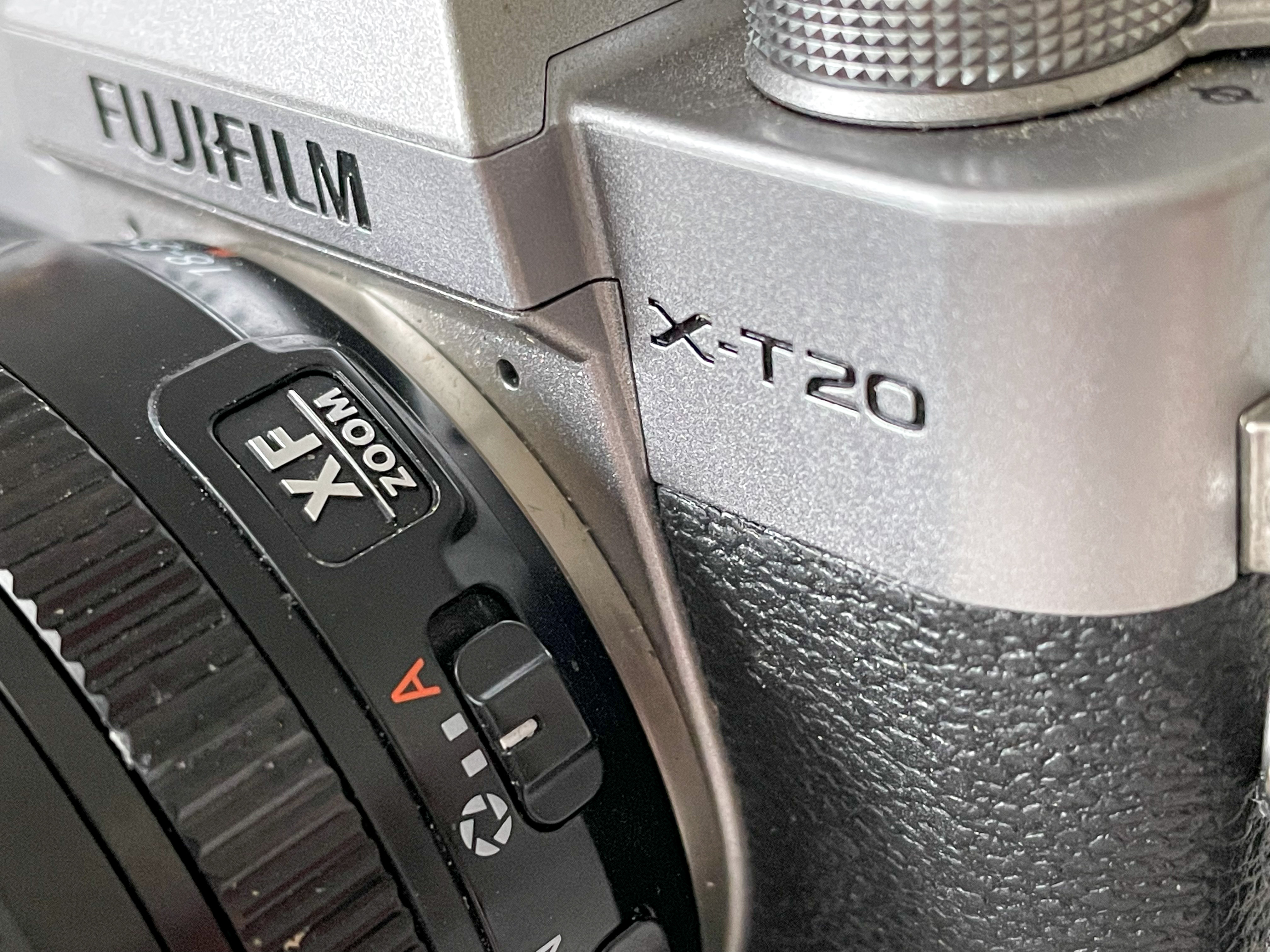
Here in September 2021 I found a used copy of the X-T20 over at mpb.com for around 450 EUR. Compare that to a new X-T30 that Amazon.de sells for around 900 EUR. Both prices are body only. I hope that my point about (1) buying used and (2) not the latest model, makes sense now.
Why I love this little camera…
To me the Fuji X-T20 is an excellent combination of weight, size and image quality. It often competes with my Sony RX100 when I have to decide which camera to throw in my camera bag.
The Fuji is larger and more heavy than the Sony, but still small and light (830 grams body only) and it does not bother me too much when biking or hiking. If you can, see if you can get the body in combination with a kit lens, say the 18-55 mm (27-82mm full frame equivalent), and you have a really good lightweight solution. The Fuji X-T20 is a cropped sensor camera (APS-C) and I find the lenses to be really light and compact relative to full frame.
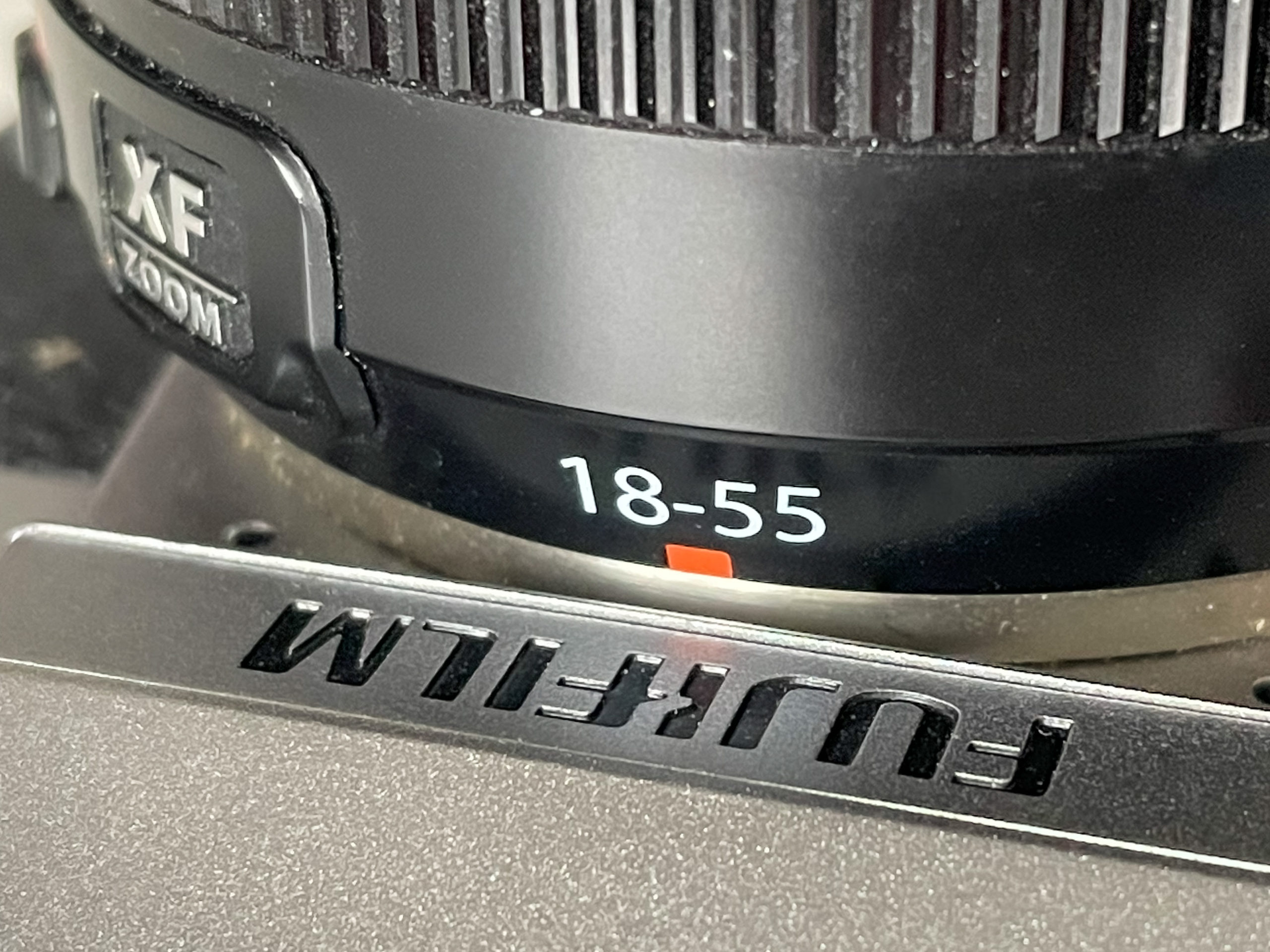
The image quality (IQ) is really good and I find that the RAW files are of excellent quality. The 24MP sensor gives more than enough resolution. Only if you want to crop a lot, you may lack resolution, but for most 24MP is more than plenty. My trusty old Nikon D700 has 12MP and that works fine as well, just to give a reference point.
The APS-C sensor struggles in low light however – this is not a Fuji specific observation. I have had the same issue with Nikon D5600 and D7500 that are also cropped sensor cameras. For low light photography I prefer full frame and even though modern sensors can successfully crank up the ISO to compensate for lack of light to a large extend, then full frame will always come out on top. So for low light, I would not use APS-C cameras. But for just about any other situation, I find the IQ is great!
Comparing the files that comes out of the X-T20 with the ones from the X-T3, I must admit that I cannot see the difference! I think this is more a tribute to the X-T20 than it is criticism of the X-T3, as the files look great! So in terms of IQ the little X-T20 gets top score from me!
If you really want to see the RAW files shine, then give Capture One a try. I normally use Lightroom as I find the file management to be the best, but Capture One has an edge when we are talking Fuji. Some of the images – not all, but some – turn out a sharpness and contrast that I have never seen in Lightroom. I even tried to import an image in both Lightroom and Capture One, and the difference was astonishing. So if you go for Fuji, I will strongly recommend you give Capture One a try as your post editing software. Mind you however, that it is not in all images I have noticed this difference.
The ergonomics of this little camera is not fantastic, but OK. It helps a lot that it is light and small and I like it so much more than the big brother X-T3 that I found way too heavy for my liking. The X-T20 is a 3-finger-camera and you don’t need to have all of your hand engaged to feel you have control of it.
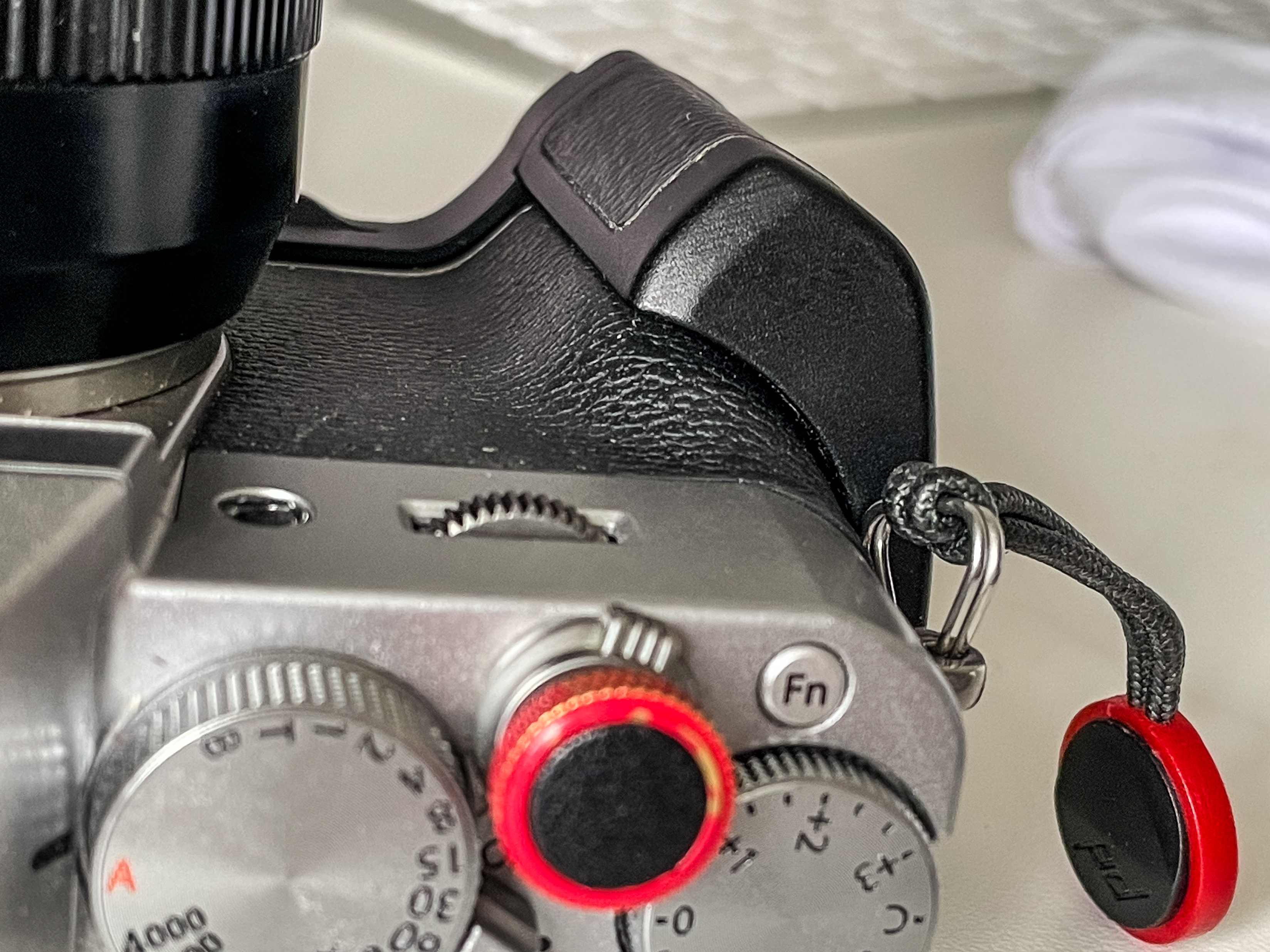
However, in order to improve the ergonomics just a bit and give me more to hold on to, I have added a grip. I also, maybe more as a gimmick, added a little red metal button on top of the camera to make it easier to switch on/off + release the shutter. It is not a must have, but a small improvement, that once you get used to it, you don’t want to go back.
Fuji is notorious for it buttons and dials that shows you the settings directly rather than some value in an LCD. I think this works fine, but also feel that this small difference from a more traditional camera is often exaggerated to a level where I think: “Hey, take it easy, it’s just a camera…”.
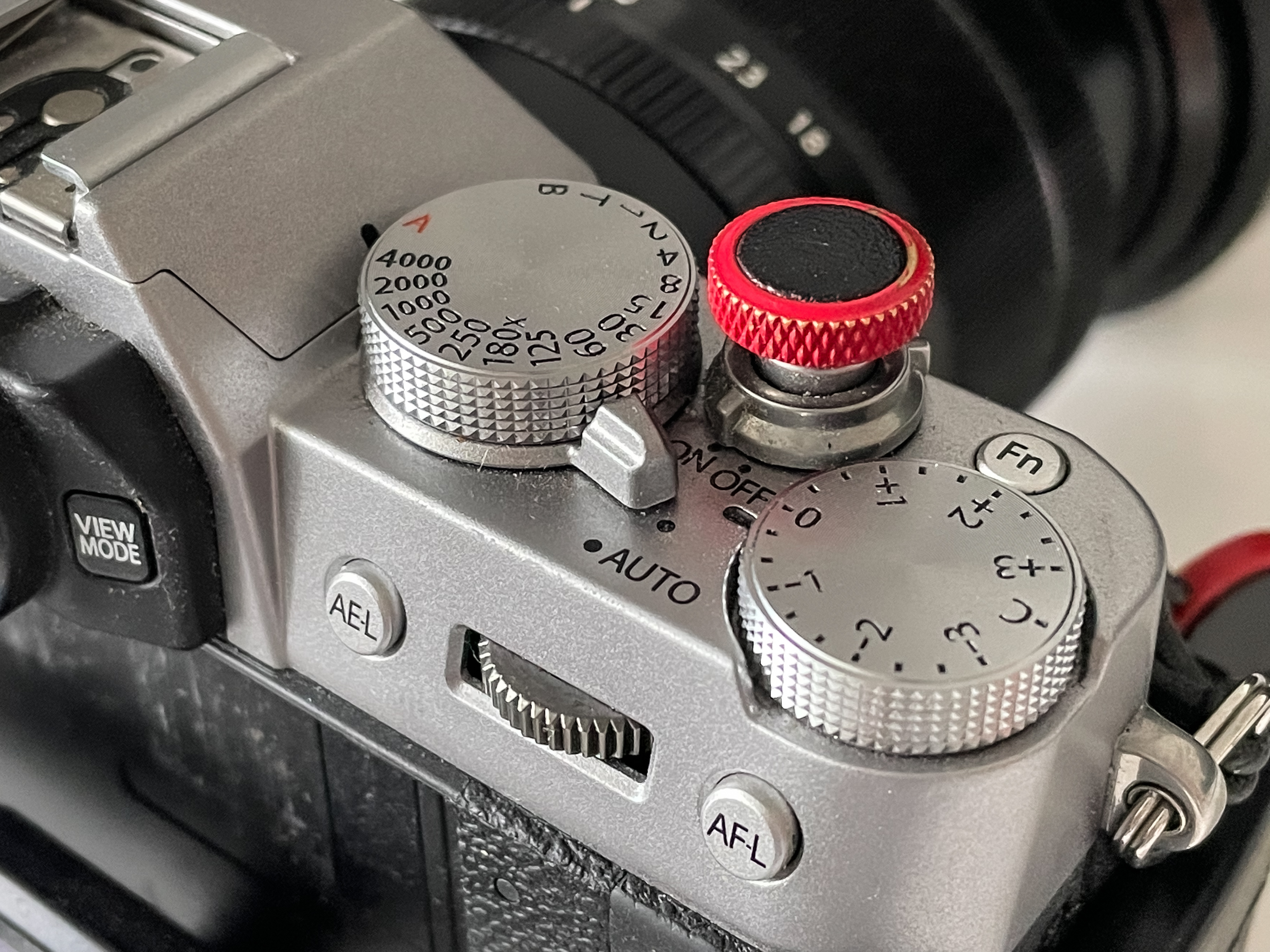
Contrary to Sony, the menu systems are logical and well organized. And especially the quick access menu that enables you to get to some of the most frequently used parameters really works well
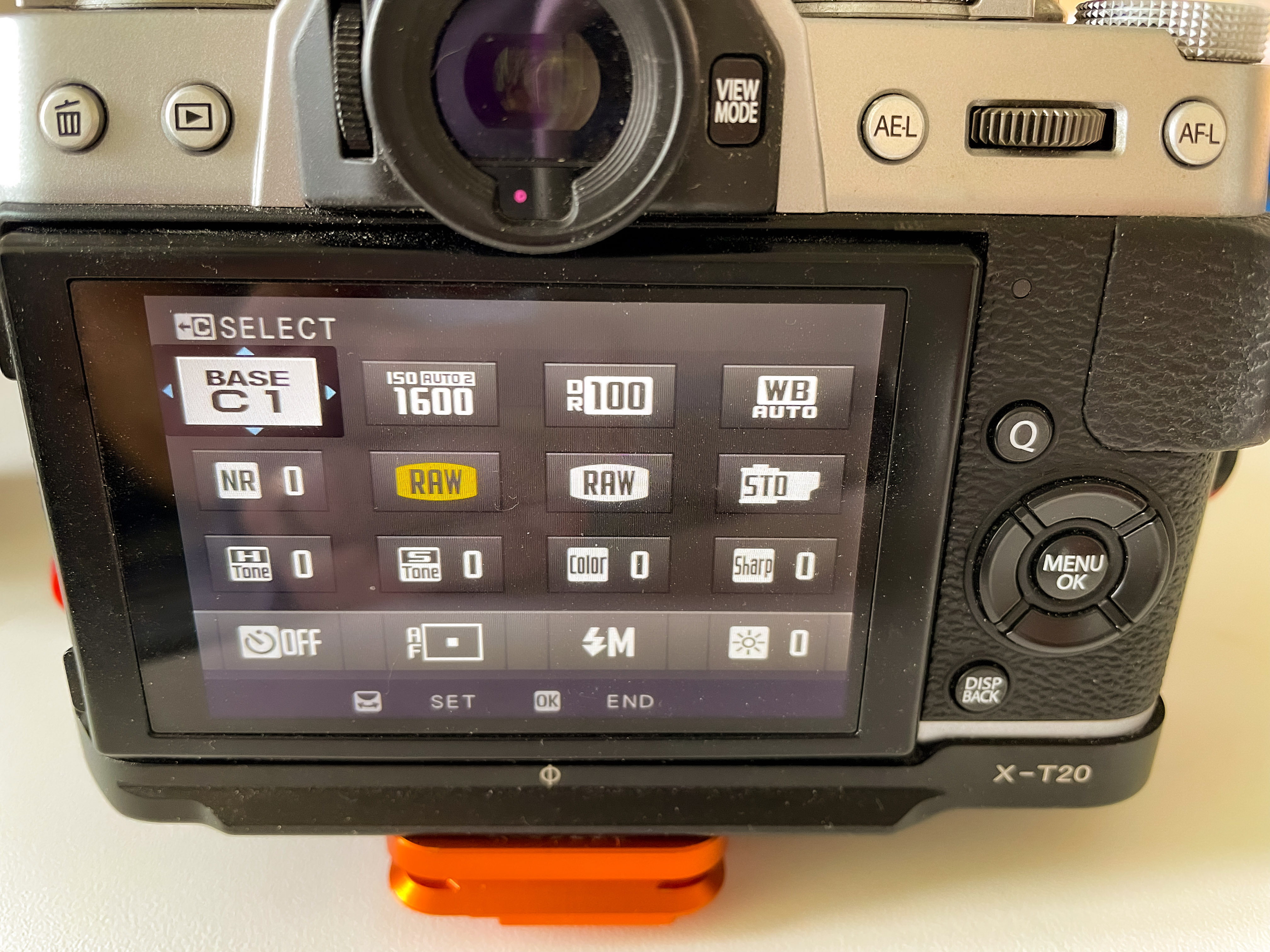
Things that could be better…
Relative to the X-T3 that I have owned and sold again, the buttons and dials of the X-T20 are not as rock solid in build quality. That is what is to be expected as the X-T20 is the little brother, but going back and forth between the two, you will notice a difference. Also, the X-T20 clearly has less computing power, and to boot the camera you will notice that the X-T20 is significantly slower here. Not a big thing when you get used to it, but if these things are important to you, then you may want to look at the X-T3 or X-T4.
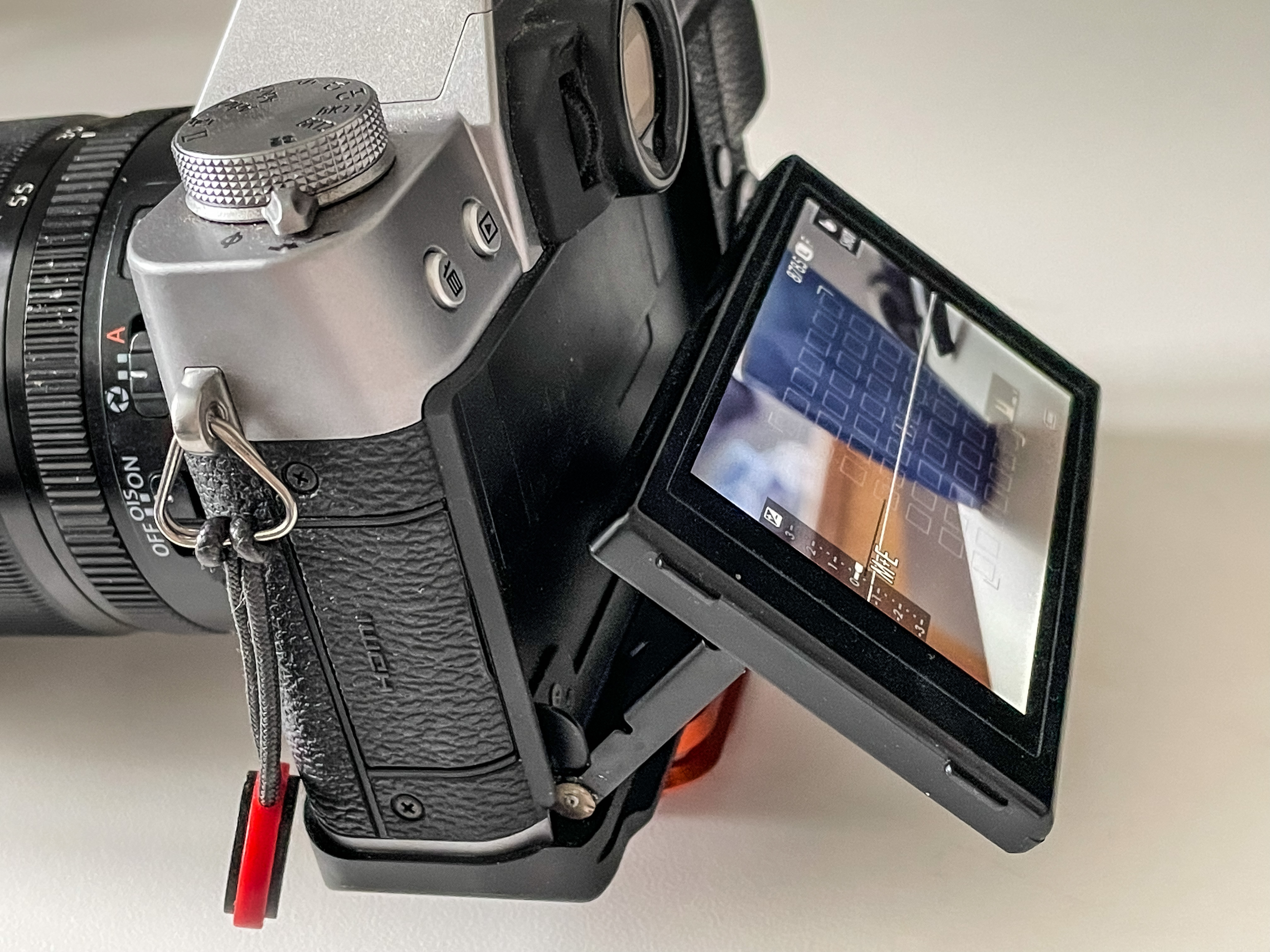
The LCD is not fully articulating, and if you plan to use this camera for Vlogging, this could be a showstopper. Mind you that the X-T30 albeit more resolution, also does not have a fully articulating screen.
I have never missed anything when it comes to the X-T20 and auto focus. With 325 focus points I find that is more than enough for my use, but mind you that I shoot more landscapes than portraits, and for portraits eye and face recognition is vital to secure you come home with razor sharp images solely. Also, for sports and things moving fast, I would imagine the AF system in the X-T20 would struggle as the computing power is on the low end relative to more modern cameras. They do put more and more computing power into cameras these days, and the firmware updates make sure to improve the AF capabilities and use the hardware to full extend, so this is probably an area where the X-T20 will feel dated if you compare to a more modern camera.
The viewfinder is not the best I have tried – relative to the X-T3 it leaves a lot to be desired. But you will be surprised what you can get used to. And it does get the job done, but clearly the viewfinder could be better. I suspect that Fuji deliberately makes the X-T4 viewfinder so much better to give a distinct differentiation towards the X-T20 and X-T30 (+ II), but I have no evidence to back this claim.
Being the budget version of its big brother the X-T2, there is of course a number of things that you miss when using the X-T20:
- The single card slot
- The lack of weather sealing
- The lack of a battery grip as an option
- The lack of a joystick to move the focus point
- Etc
But I have learned to live with these setbacks just fine. Bring an extra battery as they run down fast, wrap the camera in a plastic bag in harsh weather, use the rear LCD to move the focus point around, etc. Of course it would be ideal to have all this solved using the X-T2 or X-T3, but I am surprised how easy I find it to live without these features.
For video, I have used the X-T20 a lot, and for its age it is impressive that it gives 4K video, albeit not at the crazy high frames per second rates that are in fashion these days. I did at some point experience that the recording of image and sound got out of sync, and as I could not figure out what was wrong, I ended up not using the X-T20 for video. Also, the fact that the LCD is not fully articulating makes video framing a bit cumbersome for my video needs. So I use other cameras for video now.
Conclusion
If you are after a small and light, easy to use all round camera and you are not into low light photography or a demanding videographer, then the X-T20 in my mind is an option that should be on your short list. Find a used copy in good condition, preferably including a kit lens, and you have a combo that will give you lots of great images. The fact that it has a vintage look and that you can get leather cases that will make it look even more cool, may also fit some of the more fashion conscious. And if you decide to invest in Capture One post processing software, the image quality may sometimes go to levels new to you.
Related reading
How to use (Nikkor) Vintage lenses with the Fuji camera
Charging the Fujifilm XT-3 vertical battery grip
